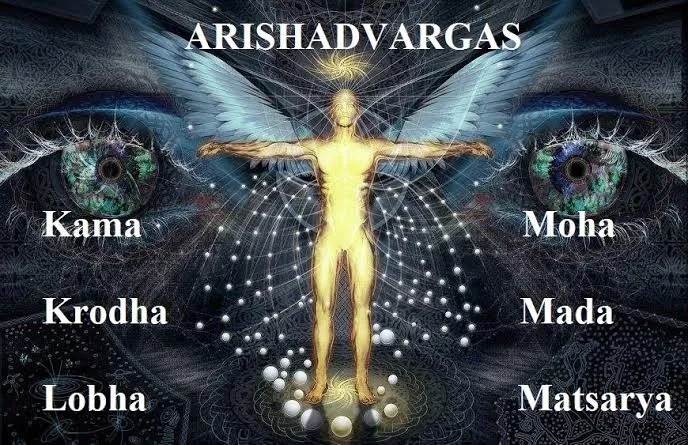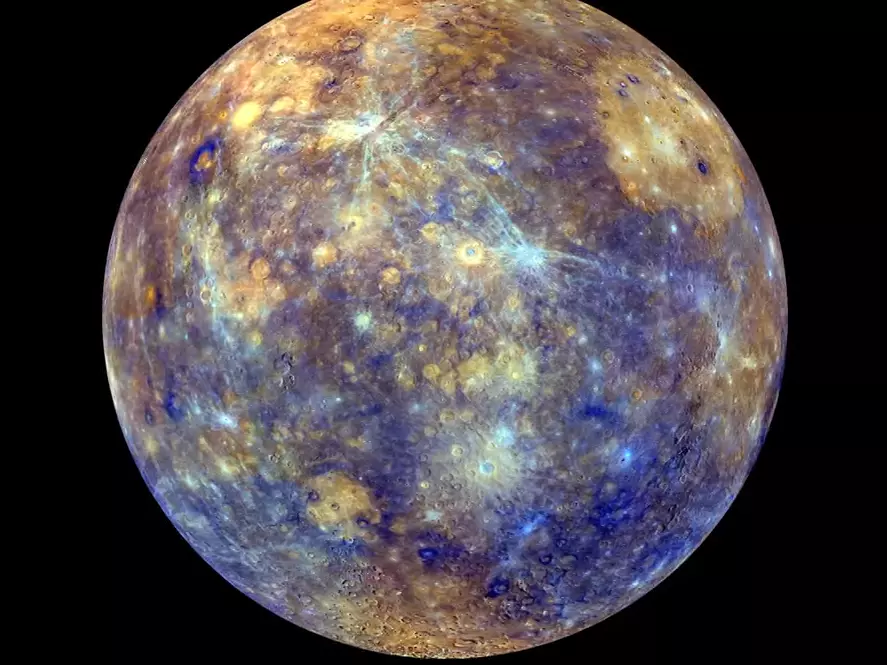

As the nine nights represent the nine planets, we will be having a planetary celebration of Navaratri with an account of one of the planets for each of the nine nights. The second planet is The #Moon. The colour for the second day of #Navaratri is #WHITE, so we shall scribe in white with an added background so that white may be easily read for this second day’s observance of Navaratri
Today is the second day of the Navaratri celebrations which are held for nine days (Nava Rathrulu). All festivals are meant to remind mankind that they should cultivate noble qualities by engaging themselves in activities beneficial to one’s own self and society. Sai Baba made reference to Navaratri and the Nine Planets:
As part of Navaratri celebrations, people worship different forms of divinity. You should develop sacred feelings and experience divinity. What is the inner meaning of Navaratri celebrations? These nine nights represent nine planets. Each planet has its own significance. However, these planets are not outside, they are within. If your feelings are impure and unsacred, the result also will be the same. You are responsible for the good and bad you think and experience.
The Moon
#Chandra, (lit. “shining one”) The Moon is one of the Gods and a most important planet in Vedic Astrology. He is described as young, beautiful, fair; two-armed and having in his hands a club and a lotus. He rides his chariot (the moon) across the sky every night, pulled by ten white horses or an antelope. Although the antelope is the animal most commonly depicted with Him in iconography, the rabbit is also particularly sacred to him and all rabbits are under his protection. He is connected with dew, and as such, is one of the gods of fertility. As #Soma, presides over Somvar or Monday.
The Moon rules Mother and maternal matters, contentment in the home, emotions and bodily fluids, as the Moon is kapha dosha. Kapha dosha signifies water, fluids, fluids in the body and it is of an earthy nature. It has dimensions of loyalty, faithfulness, love and attachment. The Moon waxes and wanes monthly and as it is the fastest moving planet, it is easily afflicted in transits. The Moon is strongest when it is 180° from the Sun; the closer the Moon comes to the Sun, the lesser its energy and strength.
Moon signifies responsiveness, loyalty, dependence. It is traditional, conservative, conventional in attitudes. It delivers the energy of belonging, seldom rebels, and, when cool, has high frustration tolerance. Moon gives friendly attitudes, life-long associations and doesn’t like to hurt other people. It can accept feedback from others but does not like confrontations, particularly when they are personally hurtful. The Moon gives good parents who are good providers.
Day 2
#Goddess #Brahmacharini
Brahmacharini means a devoted female student who lives in an Ashrama with her Guru along with other students. It is also the name of the second aspect of the goddess Durga (Parvati). The goddess is worshipped on the second day of Navratri (the nine divine nights of Navadurga). The goddess Brahmacharini wears white clothes, holds a japa mala (rosary) in her right hand and Kamandal, a water utensil in her left hand.
Charini is the feminine version of one who is a charya, which means “occupation with, engaging, proceeding, behaviour, conduct, to follow, moving in, going after”; so to seek, to explore, to experience, to know. One does not dare to speak of the divine without internal, inner experience. For the Divine is that which is known only; it cannot be thought about, read about, nor experienced in discussion with others. One pursues the experience of the Divine – like Bhakta Meera, also known as Mirabai:
I am your slave.
Bind me in tethers, Mira’s your slave.
She wakes up at dawn,
sits in the garden,
haunts the pathways of Brindavan forest
making up ballads.
Fever, memory, craving,
birth after birth they come with me.
I slip on a saffron robe
hoping to see you.
Yogins come to Brindavan to know oneness,
hermits perform terrible spells,
holy men come to sing gospels –
but Mira is deeper, Lord,
and more secret.
She waits with a ruined heart every night
by the river
just for a glimpse.
The Moon is often thought of as feminine, just as the rules Mother and maternal matters, contentment in the home and emotions. The moon is a feminine symbol, universally representing the rhythm of time as it embodies the cycle. The phases of the moon symbolize immortality and eternity, enlightenment or the dark side of Nature herself. It might reflect inner knowledge, or the phases of man’s condition on Earth, since it controls the tides, the rains, the waters, and the seasons. It is the middle ground between the light of the sun and the darkness of night, and thus often represents the realm between the conscious and the unconscious.
On this second day of Navaratri, we have learned that the day is ruled by the Moon, the colour is white and the Goddess is Brahmacharini Devi, the Goddess of #Swadhisthana #Chakra. The word swadhisthana can be translated as “the dwelling place of the self”. Swadhisthana Chakra develops around the ages of 6 months to 2 years. This chakra governs our relationship to the feminine, our reproductive area and our femininity. We are also determining the safety of expressing our feelings, experiencing emotions and also connecting to our intuition.
The element of Swadhisthana Chakra is #water, which equals cohesiveness. A balanced second chakra leads to feelings of wellness, abundance, pleasure, and joy. When this chakra is out of balance, a person may experience emotional instability, fear of change, sexual dysfunction, depression, or addictions.
We have learned about the name the Goddess of this day – Brahmacharini – and that charini is the feminine of “occupation with, engaging, proceeding, behaviour, conduct, to follow, moving in, going after”. We cannot live without the feminine aspect of the #Divine #within, and Navaratri represents a call toward exploring and experiencing this feminine divine within. We are ask to follow, to move in, to go after, just like Mirabai, the Rajput princess who lived for and sought her Lord Krishna alone. It behooves us to seek the feminine within, to honour it, for in honouring the feminine, the Mother Goddess, the Shakti or female energy principle within, we honour Mother Earth herself, who is also a Goddess, Bhu-Devi. We honour our own Mother, our sisters, aunts, grandmothers and all the generations of women who have come before us and gifted us. So also, we take care of the resources of Mother Earth, as per Sri Sathya Sai Baba:
Significance of Navaratri
“The Navaratri celebration is an occasion for revering #nature and considering how natural resources can be used properly in the best interest of mankind. Resources like water, air, power and minerals should be used properly and not misused or wasted. Economy in the use of every natural resource is vital. Pollution of the air has many evil consequences. The inner significance of observances like singing in the villages and devotional singing is to fill the atmosphere with sacred vibrations and holy thoughts. The inauguration of the Navaratri celebrations means that you should use this occasion for offering worship to nature and resolving to make sacred use of all natural resources.” Sai Baba. SS, 11/92, p. 269
https://saieditor.com/fourth/?p=2533








